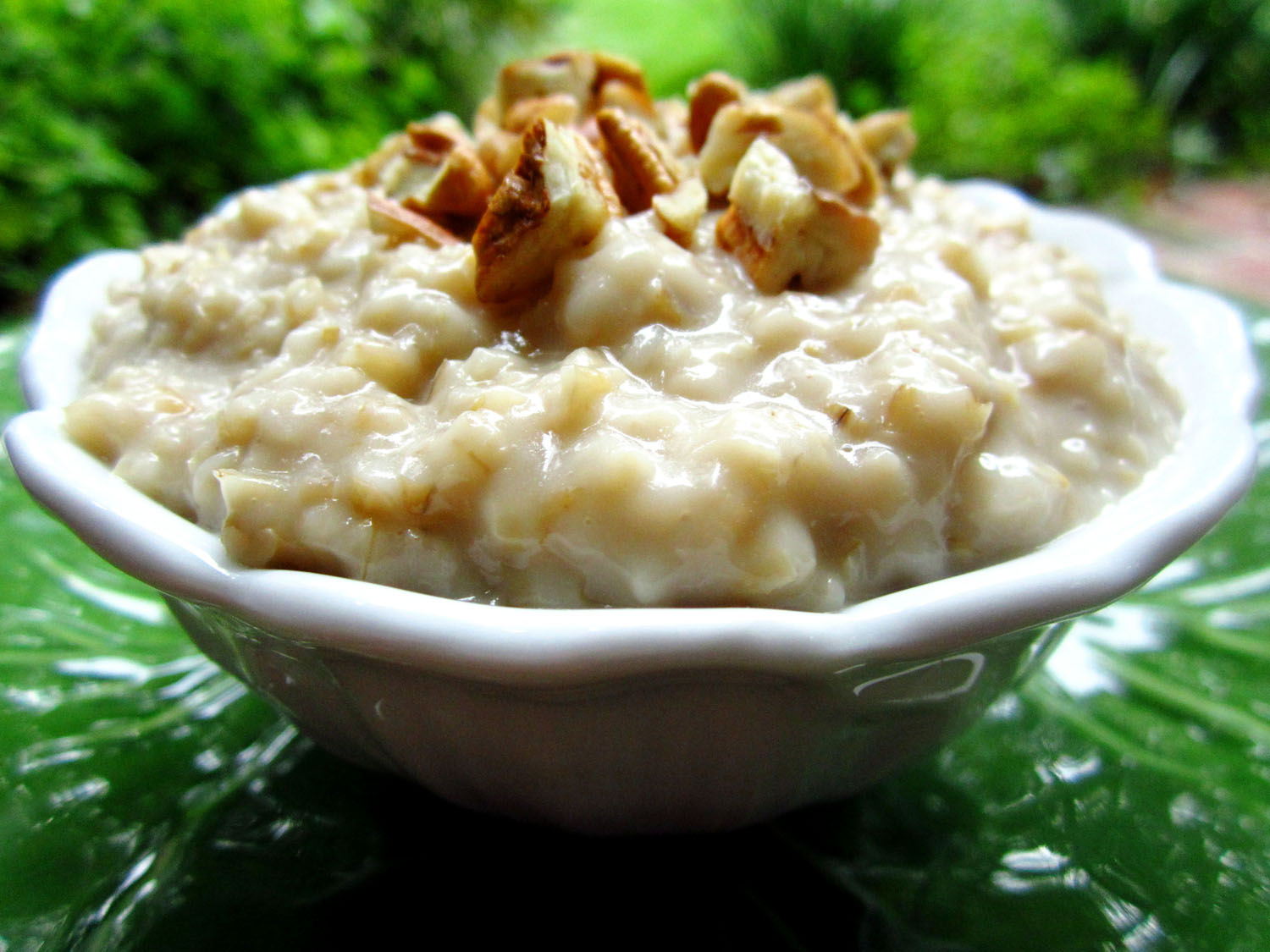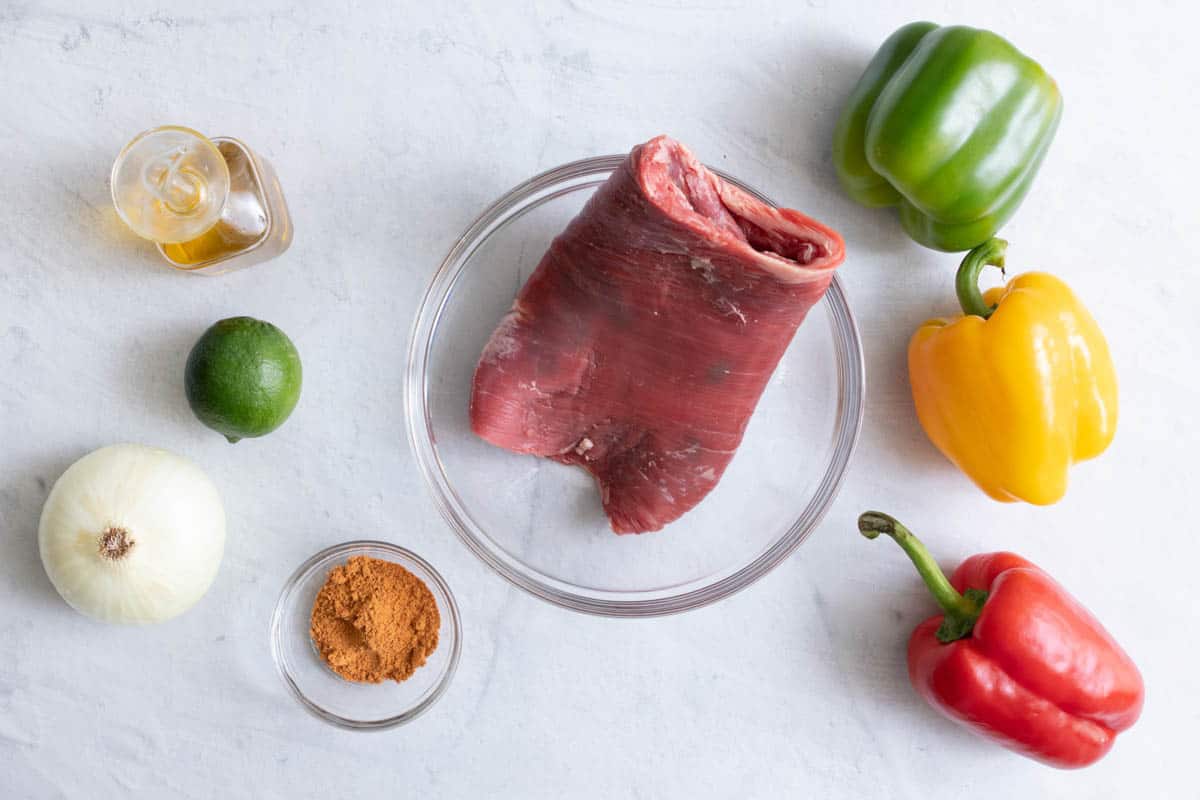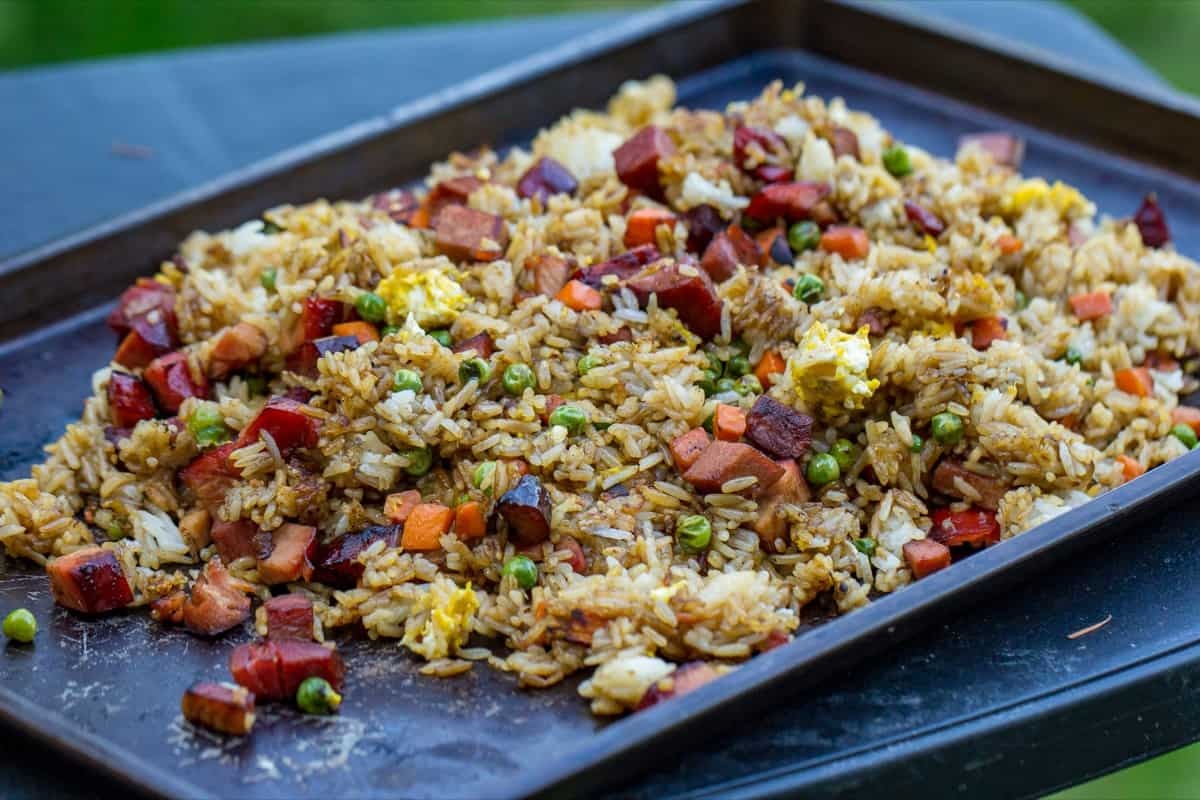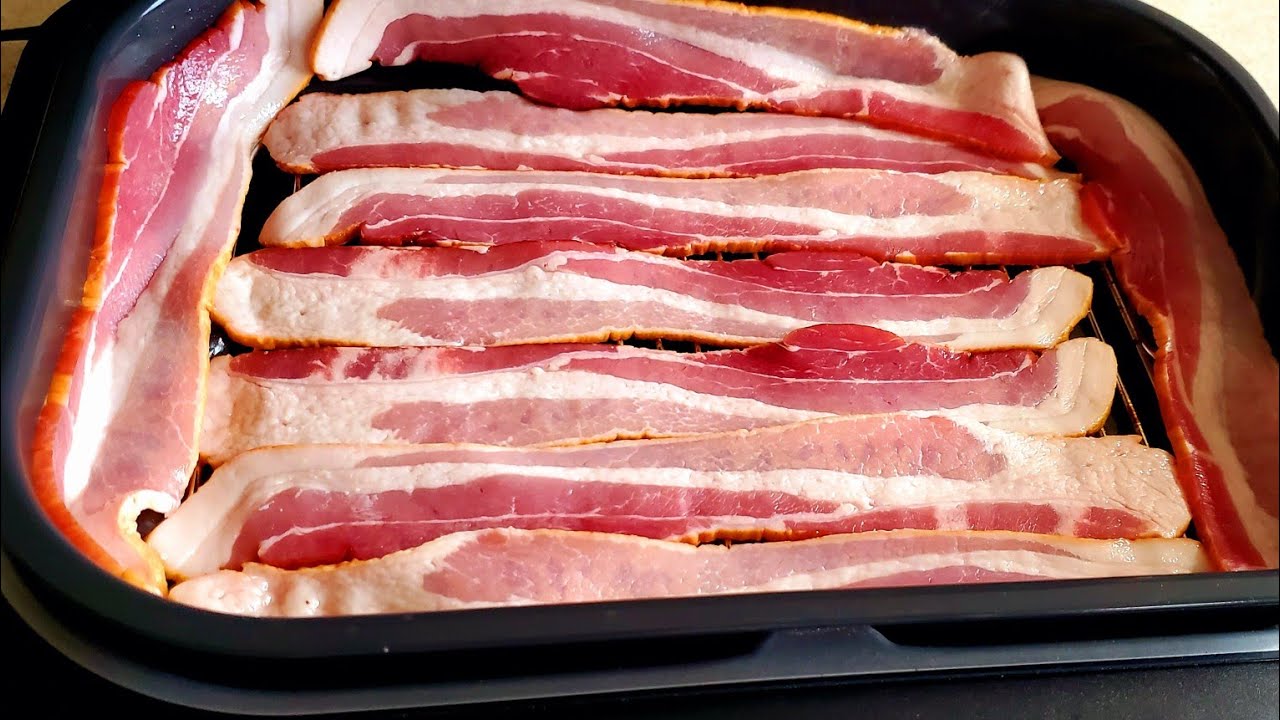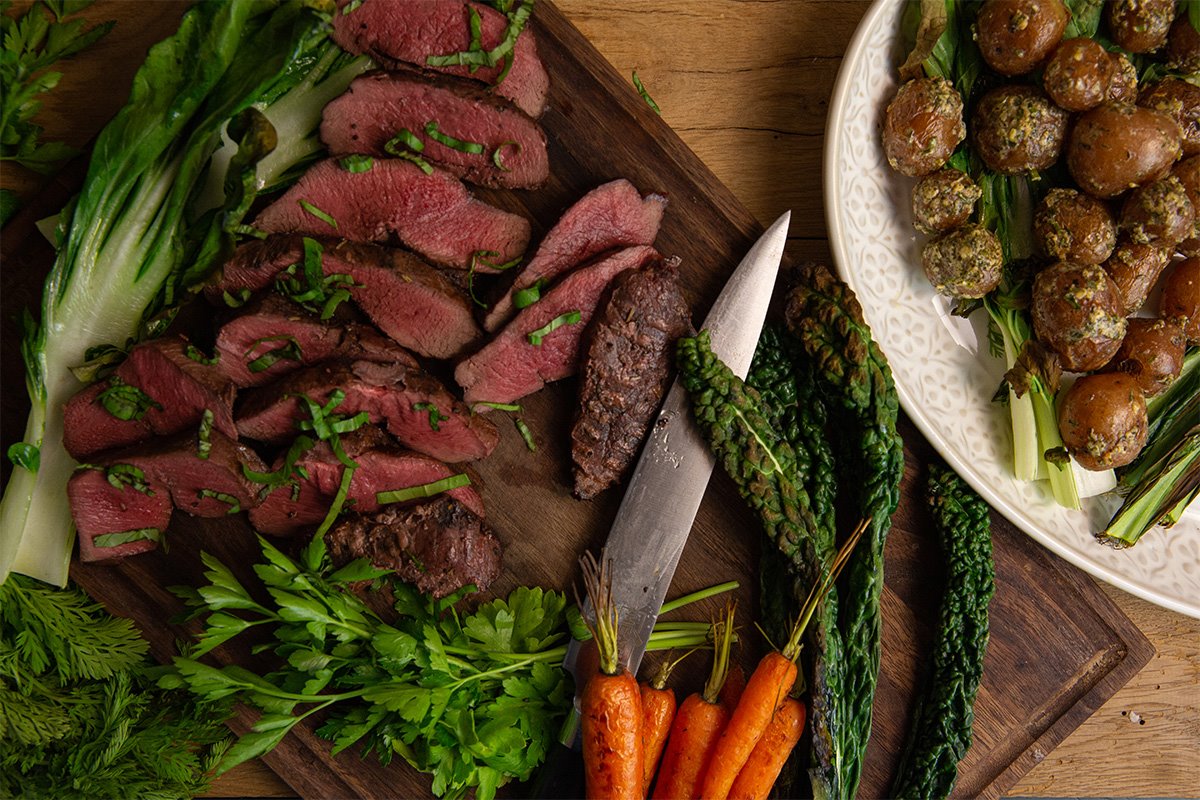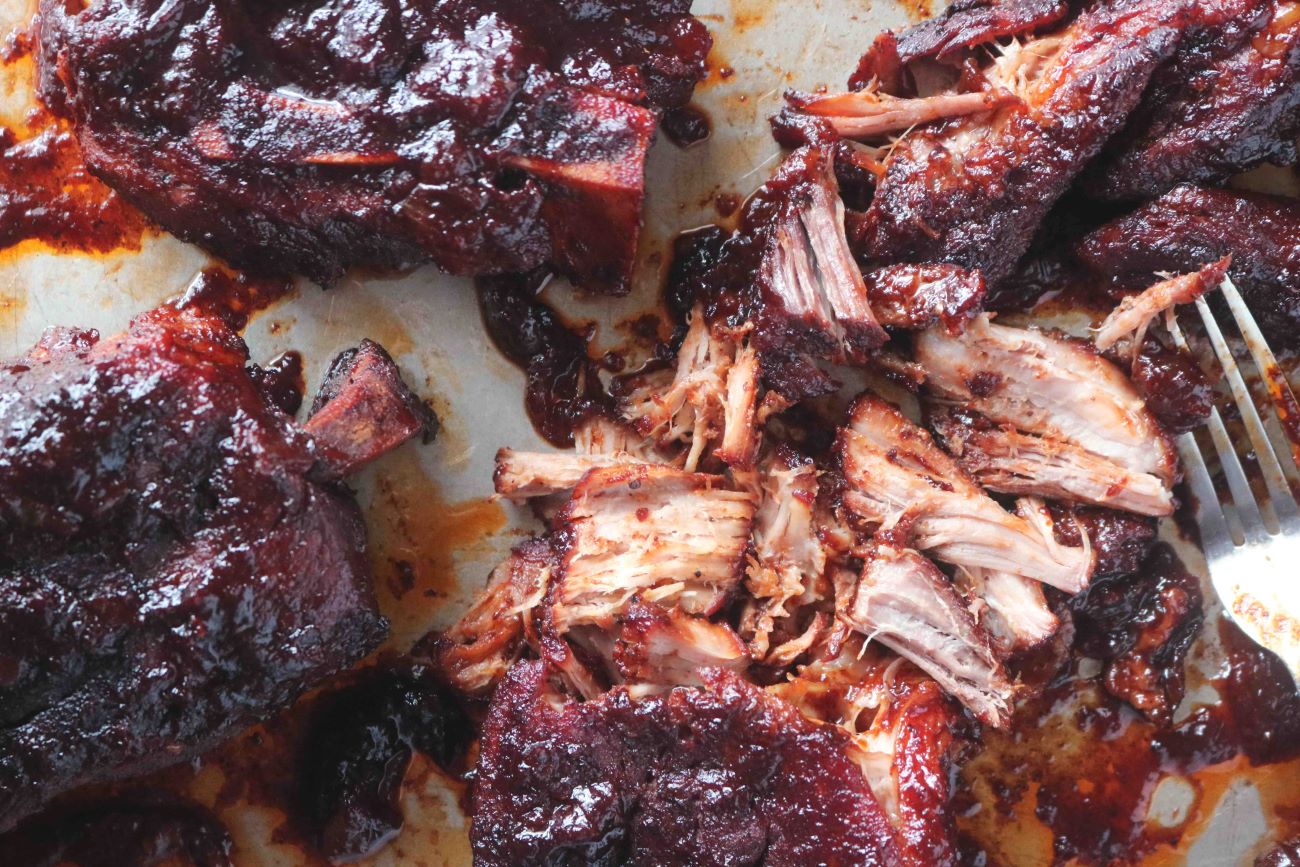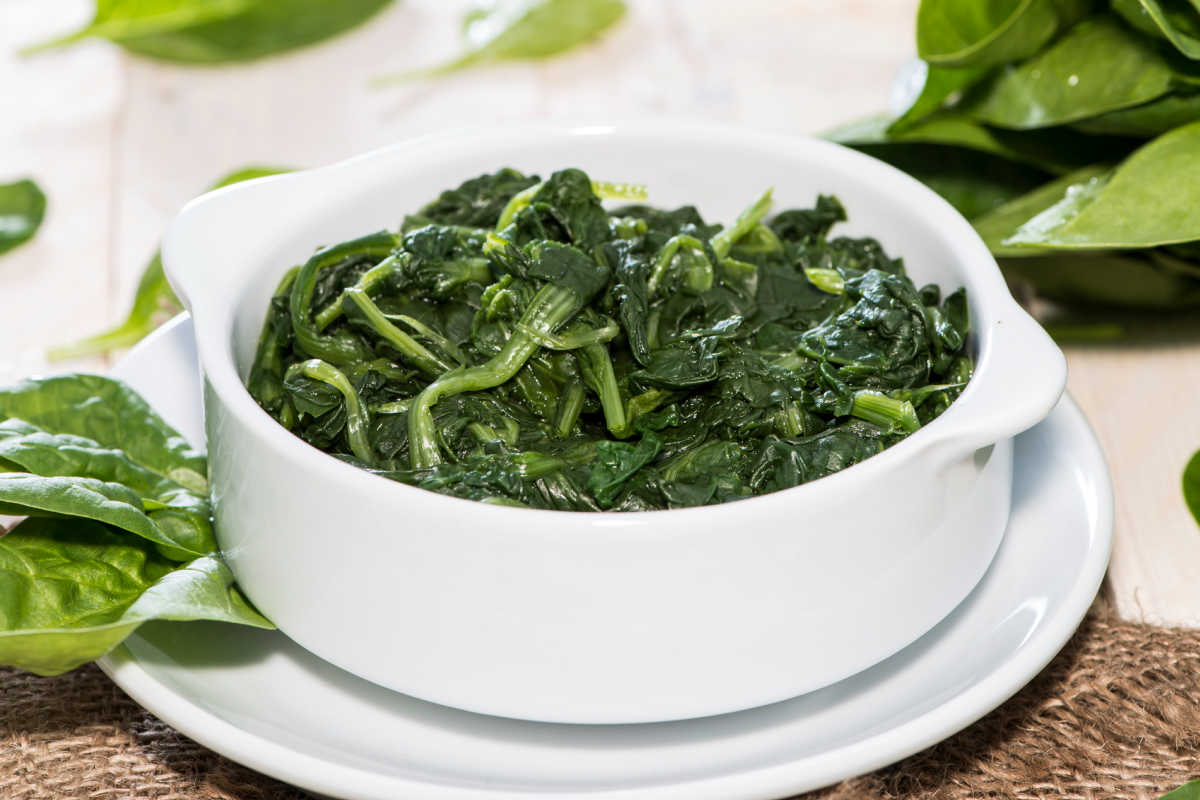Frozen Fajita Vegetables: A Delicious and Easy Cooking Guide
When it comes to quick and convenient meals, frozen fajita vegetables are a game-changer. Whether you’re pressed for time or simply want to enjoy a delicious and nutritious meal, these frozen veggies are here to save the day. In this cooking guide, we’ll show you how to transform frozen fajita vegetables into a mouthwatering dish that will satisfy your cravings and impress your taste buds.
1. Gather Your Ingredients
Before you embark on your culinary journey, make sure you have all the necessary ingredients. Here’s what you’ll need for your frozen fajita vegetable extravaganza:
- 1 bag of frozen fajita vegetables (look for a blend that includes bell peppers, onions, and any other veggies you desire)
- 1 tablespoon of cooking oil (olive oil or vegetable oil work well)
- 1 teaspoon of fajita seasoning (you can use store-bought or make your own)
- Optional: sliced chicken, beef, or tofu for added protein
- Tortillas, sour cream, guacamole, and salsa for serving
2. Thaw the Vegetables
Start by thawing your frozen fajita vegetables. There are several methods you can use:
- Thaw in the refrigerator overnight: Place the bag of frozen vegetables in the refrigerator the night before cooking. By the time you’re ready to cook, they’ll be thawed and ready to go.
- Thaw in the microwave: Follow the instructions on the bag to thaw the vegetables in the microwave. Be careful not to overcook them, as they can become mushy.
- Thaw in a colander: Place the frozen vegetables in a colander and run cold water over them until they are no longer frozen.
3. Sauté the Vegetables
Once your frozen fajita vegetables are thawed, it’s time to bring out their flavors. Heat the cooking oil in a large skillet or wok over medium-high heat. Add the thawed vegetables and fajita seasoning, and sauté for 5-7 minutes, or until the vegetables are tender-crisp.
4. Add Protein (Optional)
If you’re looking to add some protein to your fajita dish, now’s the time to do it. You can add sliced chicken, beef, or tofu to the sautéed vegetables and cook until the protein is cooked through.
5. Serve and Enjoy
Your mouthwatering frozen fajita vegetables are now ready to be served. Warm up some tortillas, and assemble your fajitas by adding a generous scoop of the cooked vegetables (and protein, if using) onto each tortilla. Top with sour cream, guacamole, and salsa for added flavor. Roll up the tortilla, take a bite, and savor the deliciousness!
With just a few simple steps, you can turn those frozen fajita vegetables into a scrumptious meal that will impress your family and friends. So the next time you’re in a rush or craving some flavorful fajitas, don’t forget about the power of frozen fajita vegetables. Give this easy cooking guide a try, and let your taste buds rejoice!
Recipes and Creative Uses for Frozen Fajita Vegetables
After mastering the art of cooking frozen fajita vegetables, why not explore the delightful variety of recipes that utilize these skills? For a hearty meal, consider the Hearty Vegetarian Tofu Fajita Tacos. They offer a robust blend of flavors and textures that are sure to satisfy. If you're looking for something lighter, the Refreshing Shrimp Fajita Salad with Avocado Dressing is a refreshing option that combines the smokiness of fajita vegetables with fresh seafood. For those on a plant-based diet, the Nutrient-Packed Vegan Fajita Stuffed Peppers are a must-try, packed with nutrients and bold spices that bring the dish to life. Each recipe is crafted to enhance your culinary experience, making use of your newfound skills with frozen fajita vegetables.
Was this page helpful?
Read Next: How To Cook Bibigo Sticky White Rice
